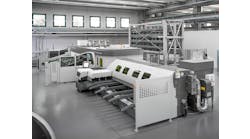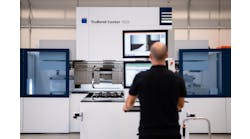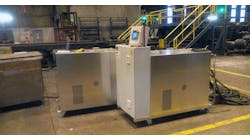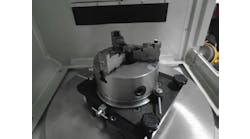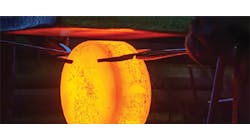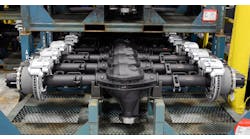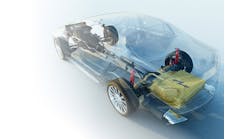An unnamed forger producing components for refineries and oil/gas transmission equipment, among other industries, has taken delivery of a new, pneumatically driven counterblow forging hammer that the supplier says is the world’s largest.
The Schuler Group supplies machines, production lines, and engineering services for metalforming, including the Mueller Weingarten brand of hot forging presses and hammers. Schuler says it developed the hammer to be an economical and technically attractive alternative to forging presses. It is capable of producing very large closed-die forgings with a high precision and repeatability. In its installation, it will be used to produce crankshafts, large carbon-steel flanges, and aerospace components.
The counterblow hammer provides a maximum forming energy of 1,400 kJ (equivalent to the force of a 54,000-ton forging press) and will forge parts up to 6,000 lb and up to 15.4 feet long. Schuler says the design uses two “tups” of similar mass moving that move toward each other, and reach their optimum speed at the exact moment of forming.
The opposing directions of the tups nearly balance the impact forces, so very little force is transferred to the hammer foundation. As a result, the machine achieves high forming speed and energy and produces large, and complex parts — large flanges and crankshafts, wind power components, turbine blades, and axle I-beams — with high precision.
“The worldwide demand for counterblow hammers is growing due to an increased need for larger forged parts for a new generation of wind- and steam-powered generators and aerospace equipment,” according to Kenneth Setze, sales manager, forging division of Schuler’s BCN Technical Services Inc. “The counterblow design enables the efficient production of very long and thin-walled parts that require large tonnages and high energy.”
The counterblow forging hammer is expected to reach production later this year.


